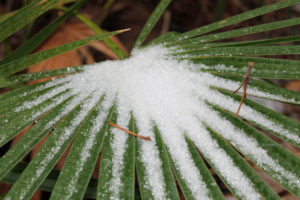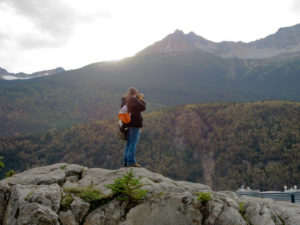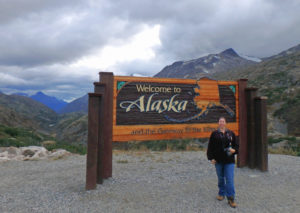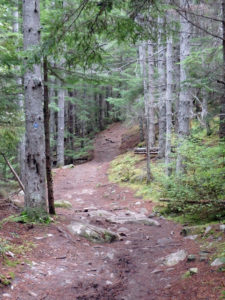As I write this, it is 32 degrees in my corner of Florida, with an expected high of 56. The forecast calls for sunny skies and a mild breeze. Perfect hiking weather – if you don’t have cold-weather induced asthma.
Hiking in cool weather is one of the great experiences that most hikers look forward to all year long. That first caress of cool, crisp air on your face as you inhale those first few breaths of clean air, but for asthma sufferers that same experience is intensified and that first breath of air can launch us into a coughing fit as the muscles around our lungs constrict, sometimes doubling us over as we gasp, wheeze and struggle for breath. In describing the sensation, it’s a feeling that I imagine is akin to a python squeezing the life out of its prey.
I used to hike like that for years until my family doctor finally diagnosed my condition and put me on a daily asthma medication along with a bronchial inhaler to use before I exercised, particularly when outside in cooler temperatures. I’m almost embarrassed to say that I lived my entire life with this condition before my family doctor started questioning why the allergy medications prescribed by my allergy specialist weren’t helping me. He sent me in for a respiratory test and discovered that I had asthma and allergies, specifically, cold-weather/exercise-induced asthma.
Despite my condition, I didn’t let it sideline me. Heck, in September I took a trip to Alaska and did some hiking in the home of cold temperatures. So how did I manage to go hiking and combat my cold-weather asthma? A definitive diagnosis by my doctor was the first step in getting me headed in the right path with necessary medications. Next, I focused on my clothes and added a scarf to loosely cover my nose and mouth, thereby allowing air to warm against my skin before inhaling it. Lastly, I slowed down my hiking pace so I wouldn’t be drawing in breaths as quickly as I would by walking at a brisk pace.
In the winter months I start out a little later in the morning once temperatures begin to rise. I generally don’t start any earlier than 10 a.m. and no later than 1 p.m. If it’s bitterly cold out I will add gloves, earmuffs and a hat to my arsenal. I also gauge my distance and stay under 5 mile hikes in winter since my hiking pace is slower. On the plus side it gives me plenty of opportunity to take in the scenery and get photos of any wildlife that might be out foraging for food.
After reading this, if you find that you may be experiencing some or all of these same difficulties, I urge you to follow up with your doctor. You may find your situation to be similarly manageable. Don’t let cold-weather asthma sideline you from outdoor activity when the temperatures drop.
*This article is not intended to provide medical advice and opinions expressed herein are solely those of the author.




